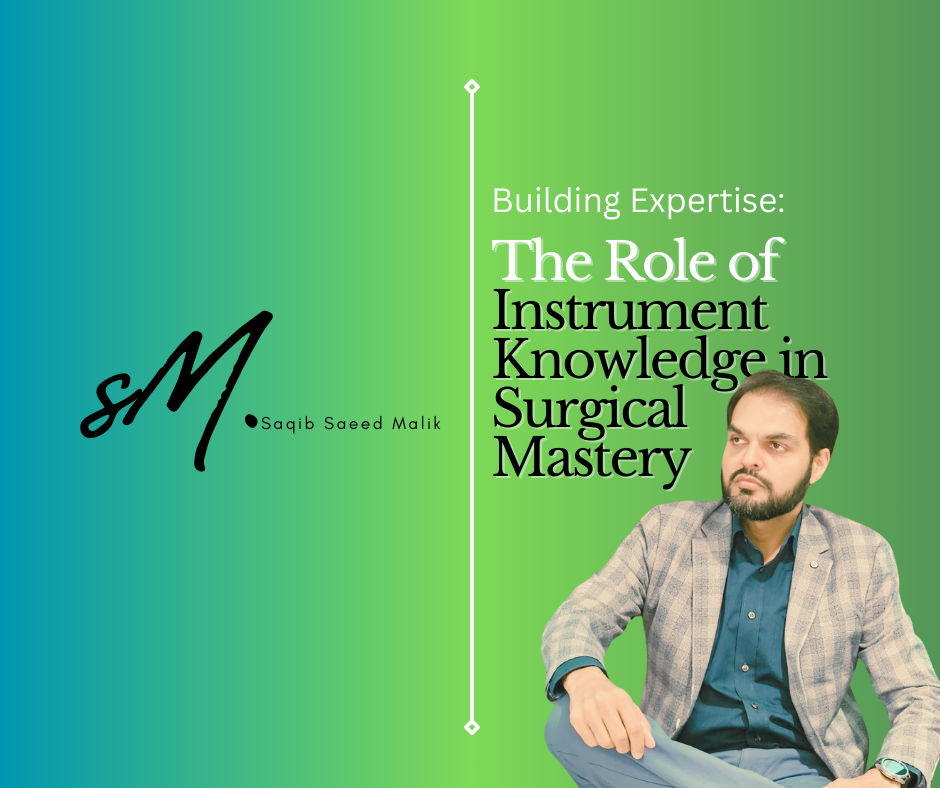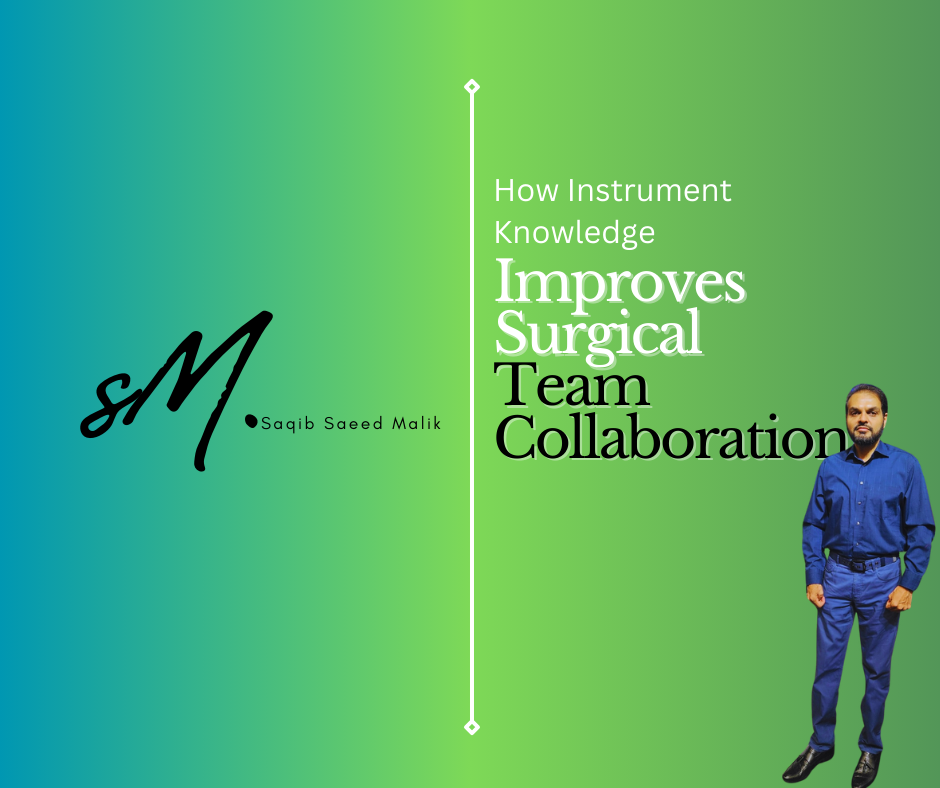This Is More Than a Celebration—It’s a Wake-Up Call
As we mark International Labour Day 2025, let’s pause for more than just a moment of recognition. Let’s ignite a movement, challenge the norms, and redefine how the world sees the workforce.
This day is not just a date on the calendar—it is a mirror reflecting the sacrifices, resilience, and dedication of millions of workers who keep our economies alive, our systems running, and our futures possible.
But here’s the bold truth:
Recognition without reform is hollow. Praise without action is empty.
The Reality Behind the Celebration: We Can’t Look Away Anymore
Every year, International Labour Day is filled with speeches, banners, and platitudes. Yet, around the world, workers still:
This isn’t just a labour issue. It’s a human issue. It’s a leadership issue. It’s a global justice issue.
If we are truly serious about progress, then this year must be different. This must be the year we revolutionize the way we value and invest in our workers.
Workers Are Not Just Resources—They Are the Roots of Every Economy
Whether they are in construction or coding, agriculture or artificial intelligence, workers are the backbone of every sector, every system, and every society.
And yet, in too many boardrooms, political offices, and planning meetings, labour is reduced to numbers, statistics, and costs.
Enough is enough. It’s time to shift from appreciation to transformation.
This International Labour Day 2025: What Must Be Done—Now
1. Prioritize Fair Wages, Not Just Profits
If your organization thrives on the work of others, then it must also invest in the lives of those workers. Fair pay is not charity—it is justice.
2. Ensure Safety Isn’t Optional
No job is worth a life. Every workplace must meet modern safety standards, and leaders must be held accountable when they don’t.
3. Elevate Skill Development as a Core Strategy
Labour must evolve with technology. But without investment in training and upskilling, we are failing the very people we depend on. Workers deserve more than survival—they deserve opportunity.
4. Dignify Every Job, Every Role, Every Worker
From street sweepers to software developers, every worker contributes. Let’s kill the culture of hierarchy and build a culture of honour.
5. Make Labour Voices Central to Leadership Decisions
True innovation happens when we listen from the bottom up. Workers are not just implementers—they are innovators.
This Is a Leadership Test—Will You Answer the Call?
Governments, CEOs, educators, entrepreneurs—your actions matter more than your words today.
If you manage, employ, or influence people in any way, ask yourself:
-
Am I investing in their growth?
-
Am I ensuring their safety and security?
-
Am I listening when they speak?
Because leadership is not defined by how many follow you, but by how many you uplift.
The Future of Labour Must Be Human-Centered, Purpose-Driven, and Equity-Focused
As we transition into an age of automation and AI, we must not forget the human. The future of work must include dignity, purpose, and sustainability for all.
This isn’t just a nice idea. It’s a non-negotiable.
If we don’t act now, we risk creating a world where profits rise—but people fall.
That cannot and must not be our legacy.
International Labour Day 2025: Let It Mark the Start of a New Era
Let this year be remembered not for slogans, but for systemic change.
Not for events, but for evolution.
Not for noise, but for impact.
To every leader reading this:
This is your moment to act. Build organizations, businesses, and systems that serve, honour, and uplift workers at every level.
To every worker:
Your contribution is not invisible. You are the engine of civilization. Don’t settle for silence—demand dignity.










